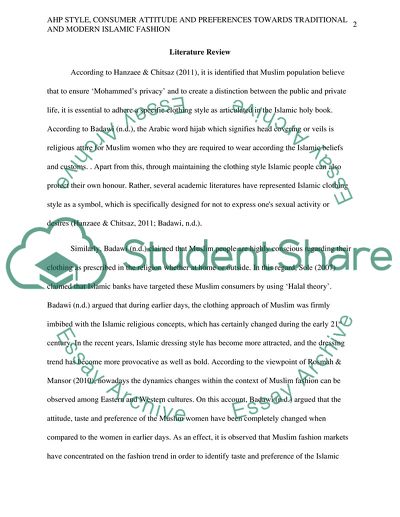Cite this document
(“Consumer Attitude and Preferences Towards Traditional and Modern Research Paper”, n.d.)
Consumer Attitude and Preferences Towards Traditional and Modern Research Paper. Retrieved from https://studentshare.org/marketing/1669550-consumer-attitude-and-preferences-towards-traditional-and-modern-islamic-fashion
Consumer Attitude and Preferences Towards Traditional and Modern Research Paper. Retrieved from https://studentshare.org/marketing/1669550-consumer-attitude-and-preferences-towards-traditional-and-modern-islamic-fashion
(Consumer Attitude and Preferences Towards Traditional and Modern Research Paper)
Consumer Attitude and Preferences Towards Traditional and Modern Research Paper. https://studentshare.org/marketing/1669550-consumer-attitude-and-preferences-towards-traditional-and-modern-islamic-fashion.
Consumer Attitude and Preferences Towards Traditional and Modern Research Paper. https://studentshare.org/marketing/1669550-consumer-attitude-and-preferences-towards-traditional-and-modern-islamic-fashion.
“Consumer Attitude and Preferences Towards Traditional and Modern Research Paper”, n.d. https://studentshare.org/marketing/1669550-consumer-attitude-and-preferences-towards-traditional-and-modern-islamic-fashion.


